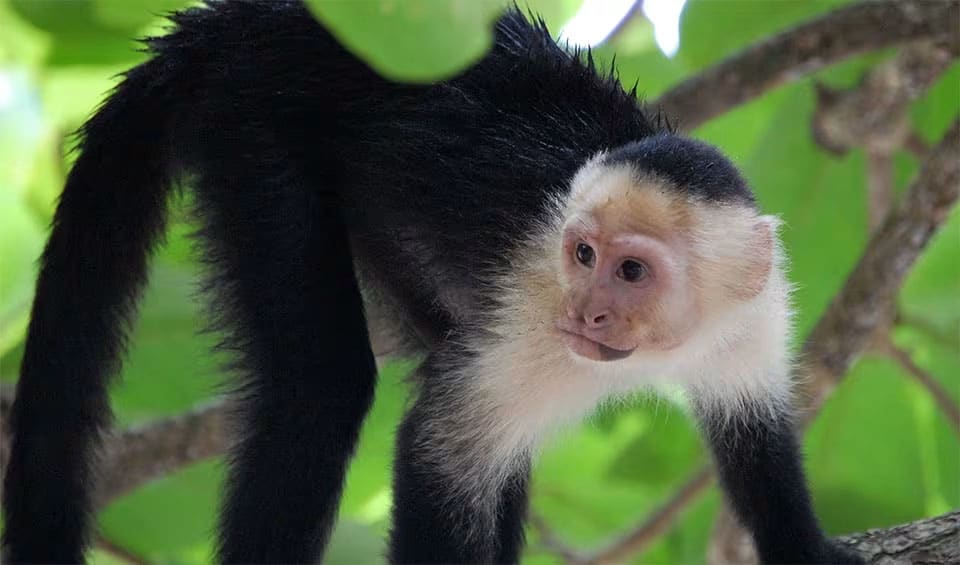Cebus – Gracile capuchin monkey
Some of the most intelligent monkeys on the planet
These primates, native to the tropical forests of Central and South America, are among the most studied and recognized monkeys in the world, owing to their distinctive physical and behavioral characteristics. Unlike some New World counterparts, Cebus monkeys lack cheek pouches for storing food, possess unique nostril structures, and exhibit a wide range of facial expressions, underscoring their behavioral complexity.
Capuchin monkeys exhibit a variety of adaptations that enable them to thrive in diverse forest environments. Some species within this genus have prehensile tails, which act as a fifth limb, aiding in locomotion and manipulating objects within their environment. Their mode of movement is primarily quadrupedal, moving on all fours along the branches of trees with agility and precision. Capuchins are diurnal, active during the day, and resting at night, which aligns with their foraging and social activities.
Socially, Cebus monkeys form groups ranging from small family units to larger communities comprising up to 30 or more individuals. These groups are characterized by a complex hierarchy and a social structure that includes a mix of adults, juveniles, and infants, with a noticeable tendency towards a higher number of females than males. The composition of these groups plays a critical role in their survival, offering protection against predators, assistance in foraging for food, and opportunities for mating and raising young.
As omnivores, capuchin monkeys have a diverse diet that primarily includes fruits and insects, which constitute the bulk of their nutritional intake. Their diet is supplemented with flowers, young leaves, and larger prey such as small mammals, frogs, lizards, birds, and bird eggs. Capuchins are known for their problem-solving skills and use of tools, such as using rocks to crack open nuts or sticks to extract insects from crevices, showcasing their remarkable intelligence and adaptability.
Species in this genus
Kaapori capuchin
One of the rarest, most elusive, and most endangered monkeys in the world
White-fronted capuchin
They may mimic the calls of predators to scare away potential competitors and secure food resources for themselves
Panamanian white-faced capuchin
One of the few nonhuman primates observed practicing self-medication
White-faced capuchin
One of Central America’s famous monkeys can easily live up to 50 years




